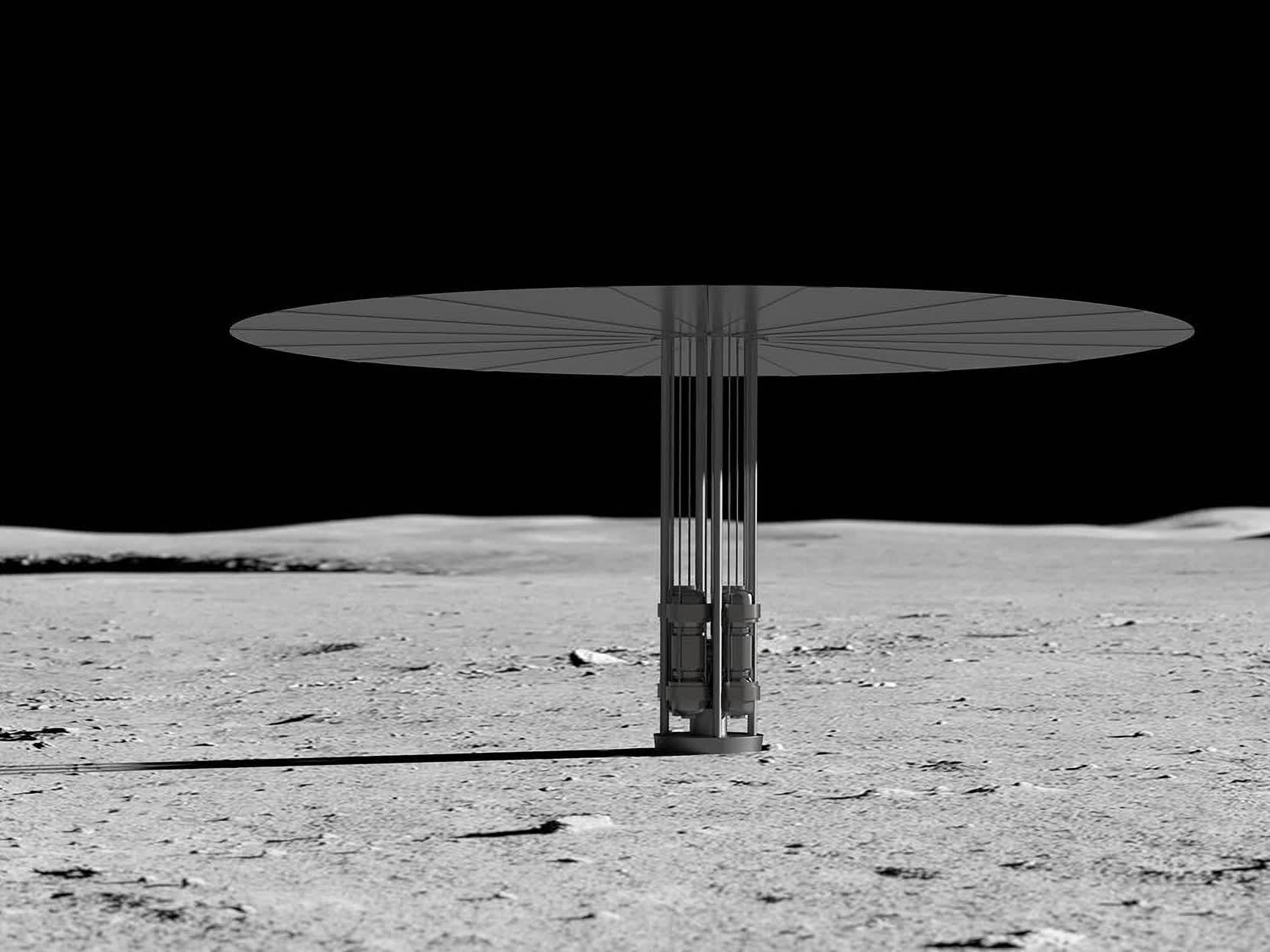What just happened? NASA and the Department of Energy have selected three companies to design concepts for a fission surface power system to provide nuclear power on the Moon. The winning contractors include Lockheed Martin, Westinghouse and IX, which is a joint venture between X-Energy and Intuitive Machines. Each 12-month contract is worth approximately $5 million, and calls for a preliminary design of a 40-kilowatt class fission power system that can last for at least 10 years on the lunar surface.

"Developing these early designs will help us lay the groundwork for powering our long-term human presence on other worlds," said Jim Reuter, associate administrator for NASA's Space Technology Mission Directorate.
NASA said the phase one awards will provide them with critical information that can lead to the joint development of a full flight-certified power system. A concept could be ready to launch for testing on the Moon by the end of the decade, we're told.

The space agency demonstrated a portable nuclear reactor power system in 2018, but that device was only capable of generating 10 kilowatts of electrical power. It utilized a solid, cast uranium-235 reactor core that was roughly the size of a paper towel roll.
Last year, the Department of Defense started accepting proposals for nuclear propulsion technologies that could be used for deep space exploration missions. The DoD said existing solar and electrical-based propulsion systems aren't sufficient for use on next-gen spacecraft that will venture beyond Earth's orbit.
Far future space exploration will likely require a deeper understanding of extremely sophisticated concepts such as quantum mechanics, electromagnetic theory or gravitics.
https://www.techspot.com/news/95035-nasa-awards-three-contracts-design-nuclear-power-plant.html